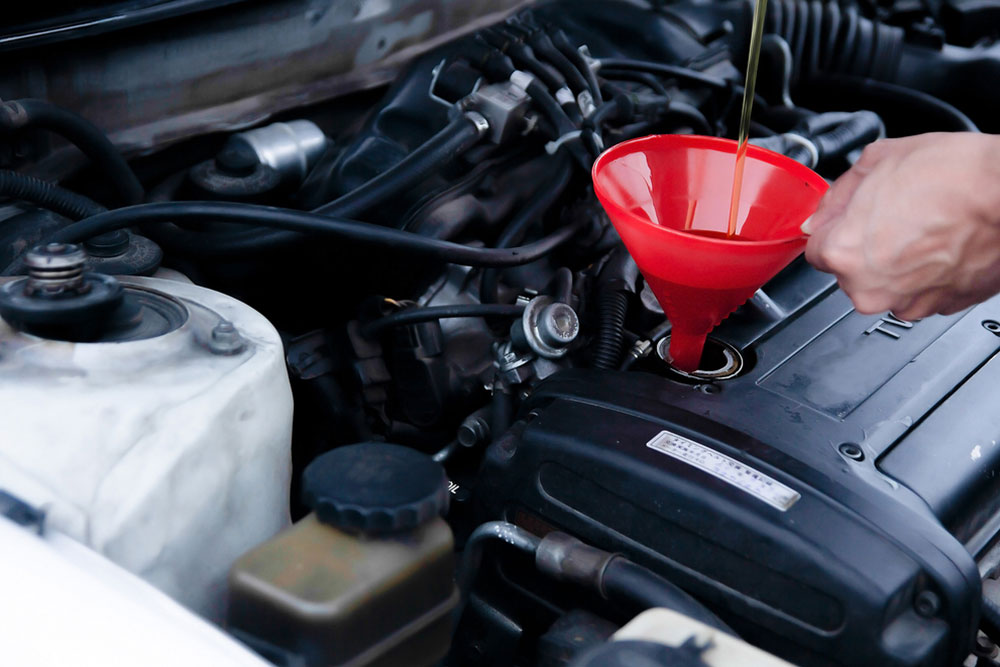Essential Tips for Inspecting Your Vehicle's Transmission Fluid
Learn how to easily inspect your vehicle's transmission fluid with these straightforward steps. Regular checks prevent costly repairs by ensuring proper lubrication, cooling, and functioning of your transmission. This guide covers locating the dipstick, assessing fluid levels and condition, spotting leaks, and maintenance tips for optimal transmission health. Follow these simple practices to keep your vehicle running smoothly and avoid breakdowns caused by transmission issues.

Understanding How to Check Your Car's Transmission Fluid
Regular vehicle maintenance is crucial for keeping your car running smoothly, including oil changes and tire care. Equally important is monitoring the transmission fluid, which ensures the gearbox functions properly. Since transmission repairs can be costly, staying proactive can save you money. Keep reading to discover simple steps to check your transmission fluid and maintain your vehicle’s health effectively.
Why Transmission Fluid Matters
Transmission fluid lubricates the gears inside your transmission, reducing friction and heat. It also acts as a coolant, helping to prevent overheating and component wear. Using the correct type of fluid, as specified in your owner’s manual, is vital for optimal performance.
Avoid potential damage by regularly checking your transmission fluid. Most vehicles with traditional transmissions have a dipstick accessible in the engine bay, though some newer models have sealed units, requiring professional service. Low or degraded fluid can cause shifting issues and costly repairs, so routine inspections are highly recommended.
Reasons for Regular Inspection
Transmission fluid cools and lubricates essential parts. Over time, the fluid can break down or leak, leading to overheating and transmission failure. Regular checks help identify issues early, ensuring your vehicle remains reliable and efficient.
Easy Steps to Check Transmission Fluid
Different transmissions use various fluids, so consulting your owner’s manual is critical. For most models, locate the transmission dipstick, which is often marked or colored distinctly. Check the fluid level and condition regularly to prevent costly repairs.
Locate the Dipstick
Find the transmission dipstick under the hood, usually marked with a specific color or symbol. Some modern vehicles lack a dipstick, indicating sealed transmissions that require professional inspection.
Check the Fluid Level
Park on a flat surface with the engine warm. Pull out the dipstick, wipe it clean, then reinsert and remove to check the level. Ensure the fluid marks lie within the designated 'full' and 'low' indicators.
Assess Fluid Quality
On a white paper towel, examine the fluid’s color—it should be reddish pink. Dark, brown, or burnt-smelling fluid indicates the need for replacement. Metal shavings or debris suggest internal transmission wear.
Detect Leaks
Monitor for low fluid levels or leaks underneath your vehicle. If the fluid drops quickly after topping off, it could be a sign of a leak needing professional attention.
Maintenance Tips
Check transmission fluid at least once annually, and more frequently if you often drive in demanding conditions. Change the fluid every 30,000 to 50,000 miles, or as recommended. Address leaks promptly to prevent costly repairs. Note that some transmissions have sealed units, requiring expert assistance for inspections and changes.
Important Reminder:
Our blog provides valuable automotive insights across various topics. Use this information as a guide, but always consult your vehicle’s manual or a professional for specific maintenance instructions. We are not responsible for inaccuracies or variations across different models or brands. Ensure safety when working under your vehicle, especially when lifting or jacking.










